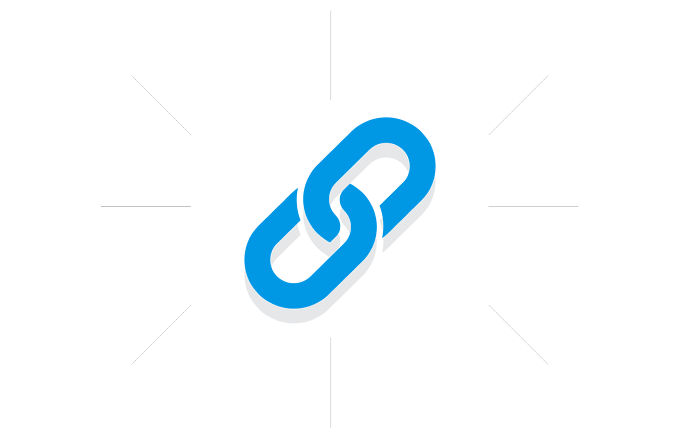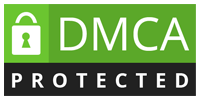We will explore the steps to set up a full-stack application using React for the front end and Node.js for the back end. This guide will provide a clear pathway for beginners to create a simple application, covering the necessary tools, setup, and basic functionality.
Prerequisites
Before you begin, ensure you have the following installed on your machine:
- Node.js (version 14 or higher)
- npm (Node Package Manager, comes with Node.js)
- A code editor (like Visual Studio Code)
- Basic knowledge of JavaScript and web development concepts
Step 1: Setting Up the Node.js Backend
Create a new directory for your project:
mkdir my-fullstack-app
cd my-fullstack-app
Initialize a new Node.js project:
npm init -y
Install Express: Express is a web framework for Node.js that simplifies the server setup.
npm install express
Create a basic server: Create a file named server.js in your project directory and add the following code:
const express = require('express');
const app = express();
const PORT = process.env.PORT || 5000;
app.use(express.json());
app.get('/', (req, res) => {
res.send('Hello from the Node.js server!');
});
app.listen(PORT, () => {
console.log(`Server is running on http://localhost:${PORT}`);
});
Run the server: Run the server: In your terminal, run:You should see a message indicating that the server is running.
Step 2: Setting Up the React Frontend
Create the React application: In a new terminal window, navigate to your project directory and run:
npx create-react-app client
Navigate to the React app directory:
cd client
Start the React application:Start the React application:This will start the React development server, and you should see your app running on http://localhost:3000.
Step 3: Connecting React with Node.js
Make API calls from React: Open the src/App.js file in your React app and modify it to fetch data from your Node.js server:
import React, { useEffect, useState } from 'react';
function App() {
const [message, setMessage] = useState('');
useEffect(() => {
fetch('http://localhost:5000/')
.then(response => response.text())
.then(data => setMessage(data));
}, []);
return (
<div>
<h1>{message}</h1>
</div>
);
}
export default App;
CORS Configuration: To allow your React app to communicate with your Node.js server, you may need to enable CORS. Install the CORS package in your Node.js app:
npm install cors
Then, update your server.js file:
const cors = require('cors');
app.use(cors());
Step 4: Testing the Application
Ensure both your Node.js server and React app are running.
Open your browser and navigate to http://localhost:3000. You should see the message from your Node.js server displayed on the React app.
Conclusion
You have successfully set up a basic full-stack application using React and Node.js. This guide covered the essential steps to create a simple server and connect it with a React frontend. From here, you can expand your application by adding more features, such as routing, database integration, and user authentication. Happy coding!













.gif)
0 Comments